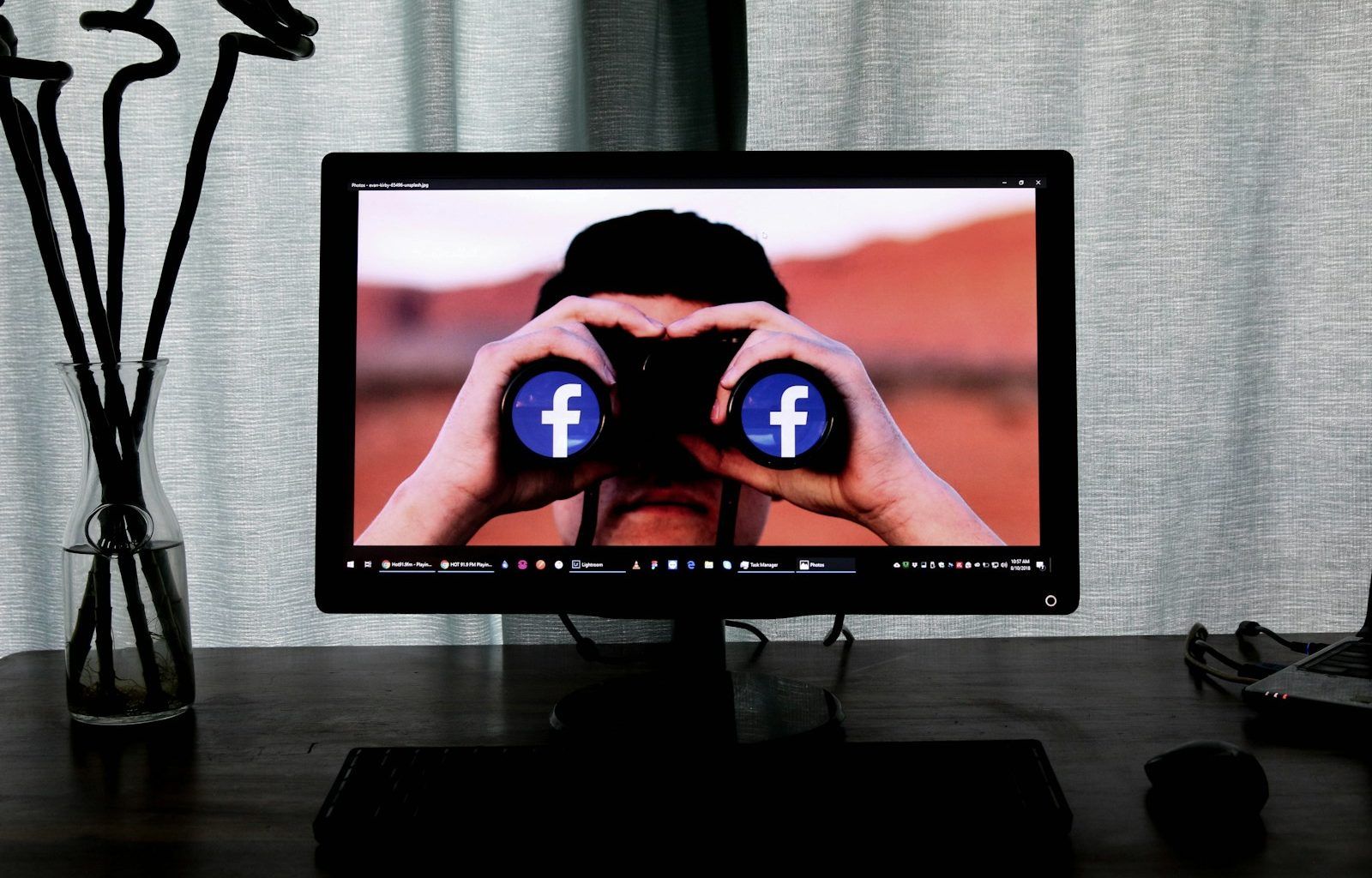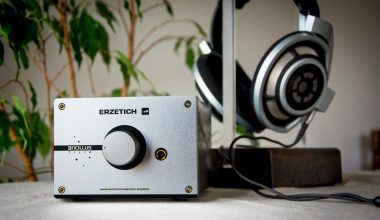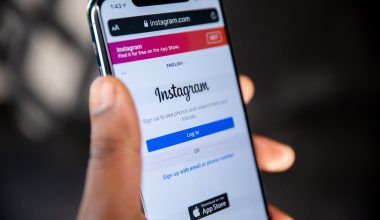You’ve probably seen that little blue checkmark next to a Facebook profile or page. It’s called a verified badge. But what does it actually mean? Simply put, a verified badge on Facebook is a symbol of authenticity. It shows that Facebook has confirmed the profile or page is the real deal and belongs to a public figure, brand, or organization it claims to represent.
This badge is more than just a fancy icon. It helps users distinguish between official accounts and imposters. Think of it as a digital stamp of approval from Facebook itself. But why is it important, and how can you get one? Let’s dive deeper into the details.
Why Does a Verified Badge Matter?
In today’s digital world, anyone can create a Facebook profile or page. Unfortunately, this also means it’s easy for fake accounts to pop up, impersonating celebrities, businesses, or even you. The verified badge is Facebook’s way of saying, “This account is legit.”
If you’re a public figure, a verified badge can protect your reputation. For businesses, it builds trust with your audience. People are more likely to interact with your page or profile if they know it’s genuine. It’s not just about status—it’s about credibility.
Who Can Get a Verified Badge?
Not everyone is eligible for a verified badge on Facebook. The platform reserves it for profiles and pages that meet specific criteria. Here’s who might qualify:
- Public Figures: Think actors, musicians, athletes, politicians, and influencers.
- Brands and Businesses: Well-known companies, small businesses, and organizations that have a strong presence.
- Media Entities: News outlets, journalists, and other media-related pages.
In short, your account must be of public interest. If you’re just starting out, focus on growing your audience and building your credibility first.
How to Apply for a Verified Badge on Facebook
If you believe you’re eligible for a verified badge, applying is straightforward. Here’s how you can do it:
- Log Into Your Account: Use the Facebook account associated with the profile or page you want to verify.
- Go to the Verification Request Form: You can find this form in Facebook’s Help Center.
- Provide the Necessary Information:
- Upload an official ID if it’s a personal account (passport, driver’s license, etc.).
- If it’s a business, you’ll need documents like utility bills or tax filings.
- Include Supporting Evidence: Share links to other social media accounts, news articles, or your website to prove your credibility.
- Submit Your Application: Once you’ve filled everything out, hit submit and wait for Facebook to review your request.
The process can take a few days or even weeks. Facebook will notify you whether your request has been approved or denied.
Tips to Increase Your Chances of Getting Verified
Getting verified isn’t just about filling out a form. Here are some tips to improve your chances:
- Be Active: Post regularly and engage with your audience.
- Complete Your Profile: Make sure your profile picture, cover photo, and bio are professional and up to date.
- Grow Your Following: A larger audience can signal your account is of public interest.
- Stay Consistent: Use the same name and branding across all your social media platforms.
- Avoid Violations: Follow Facebook’s Community Standards to avoid strikes against your account.
Common Myths About the Verified Badge
There’s a lot of misinformation about the verified badge. Let’s clear up some common myths:
- Myth 1: You Need to Be Famous: While being well-known helps, it’s not the only factor. Credibility and public interest matter too.
- Myth 2: It Costs Money: Facebook doesn’t charge for verification. If someone asks for payment, it’s a scam.
- Myth 3: It’s Permanent: Facebook can remove the badge if your account violates its policies.
Benefits of Having a Verified Badge
Still wondering if a verified badge is worth it? Here are the benefits:
- Enhanced Trust: People are more likely to follow and interact with verified accounts.
- Higher Visibility: Verified accounts often rank higher in search results.
- Better Security: It’s harder for imposters to impersonate you.
What Happens if You’re Denied?
If your application for a verified badge is denied, don’t lose hope. Facebook allows you to reapply after 30 days. Use this time to strengthen your online presence and address any weaknesses in your profile or page.
The Difference Between Blue and Gray Verified Badges
Did you know Facebook used to have two types of verified badges? The blue badge is for public figures and big brands, while the gray badge was for small businesses. However, Facebook has since phased out the gray badge to simplify things.
Alternatives to Verification
If you don’t qualify for a verified badge, there are other ways to build credibility:
- Custom URL: Use a branded Facebook URL to make your page easier to find.
- Engage with Followers: Respond to comments and messages promptly.
- Advertise Smartly: Invest in Facebook ads to reach a larger audience.
Final Thoughts
A verified badge on Facebook is more than just a status symbol—it’s a tool for building trust and authenticity. Whether you’re a public figure, a small business owner, or an influencer, having that little blue checkmark can make a big difference. While the process may seem daunting, with the right preparation, you can boost your chances of getting verified.
So, are you ready to take your Facebook presence to the next level? Start building your credibility today, and who knows—you might just earn that coveted blue checkmark.
For further reading, explore these related articles:
- Everything You Need to Know About Apple Music Code: The Easy Guide
- Discover Music Industry Jobs: A Beginner’s Guide to Careers in Music
For additional resources on music marketing and distribution, visit DMT Records Pvt. Ltd..






